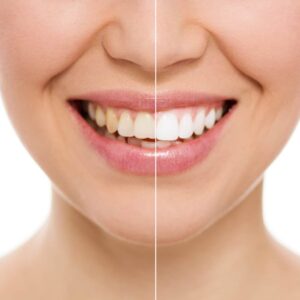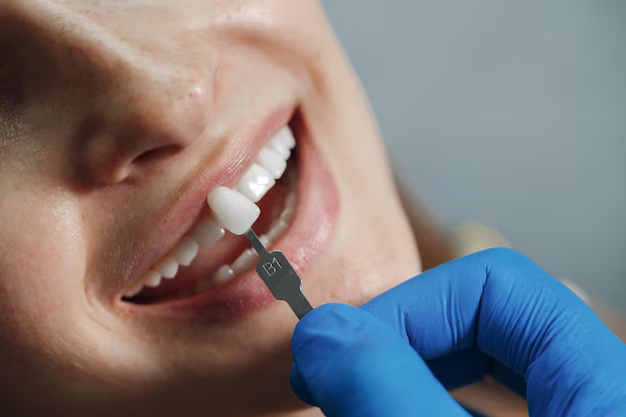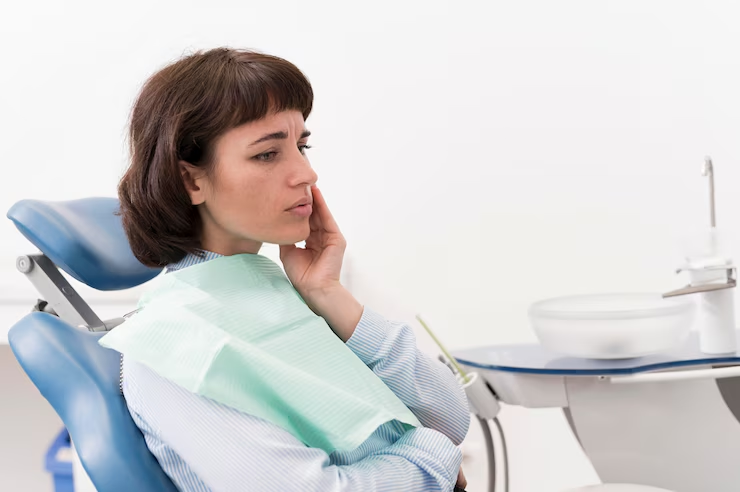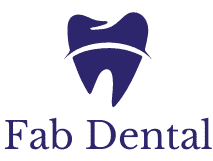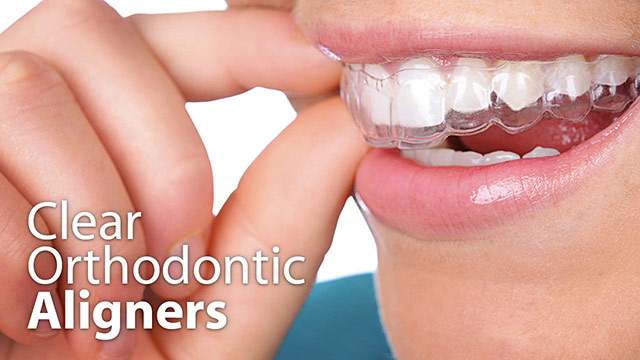
If you’re considering orthodontic treatment to straighten your teeth, you’ve probably encountered two popular options: clear aligner vs Invisalign. Both treatments offer a modern, discreet alternative to traditional metal braces, but understanding the key differences between the two is essential in choosing the best option for your needs. In this comprehensive guide, we’ll explore clear aligners vs Invisalign, helping you make an informed decision about your orthodontic treatment.
At Fab Dental, our experienced team of professionals in Hayward is dedicated to helping you achieve the smile you’ve always wanted. Whether you’re exploring clear aligner treatment in Hayward or searching for the best Invisalign orthodontist in Hayward, we’re here to provide you with the information and care you need.
What Are Clear Aligner?
Clear aligners are a general category of transparent, custom-made trays that are designed to gradually shift your teeth into their ideal positions. These trays are made of smooth, BPA-free plastic, and they are typically removable for eating, drinking, and cleaning. Clear aligners are often used for mild to moderate orthodontic issues like misaligned teeth, overcrowding, or gaps between teeth.
What Is Invisalign?
Invisalign is one of the most well-known brands of clear aligners. Invisalign aligners are made using cutting-edge 3D imaging technology, which allows for a highly precise and customized treatment plan. Invisalign treatment is tailored specifically for each patient, with aligners that fit snugly over your teeth and gradually move them into alignment. The Invisalign system is a type of clear aligner, but it offers a number of unique features that set it apart from other aligner options.

Clear Aligners vs Invisalign: Key Differences
1. Customization and Technology
While clear aligners, in general, are designed to fit your teeth, Invisalign treatment stands out due to its advanced technology. Invisalign aligners are made using the ClinCheck® software, which creates a 3D model of your teeth and allows your orthodontist to map out a precise treatment plan. This means that each Invisalign aligner is crafted with pinpoint accuracy, and the entire treatment plan can be visualized before you even begin.
On the other hand, not all clear aligners use the same level of technology. Some brands of clear aligners may not have the same level of customization or treatment tracking. This difference in technology can have a significant impact on the accuracy and speed of your treatment.
“The precision of Invisalign’s 3D imaging ensures that your treatment is as effective as possible, minimizing the need for adjustments or refinements.”
– Dr. Alag, DDS, FAGD, Fab Dental Hayward
2. Fit and Comfort
Invisalign aligners are known for their smooth, comfortable fit. Thanks to the advanced materials and technology used in their creation, Invisalign aligners are often thinner and more flexible than some other clear aligners. The fit is also more precise, which can lead to a more comfortable experience throughout the treatment.
Other clear aligners might not offer the same level of comfort. While they are also made from smooth plastic, they may be thicker or not as precisely designed as Invisalign, which could lead to discomfort or irritation during the treatment process.
3. Effectiveness
Both clear aligners and Invisalign are effective at straightening teeth, but Invisalign tends to be the preferred choice for more complex cases. The Invisalign system is capable of addressing a wider range of dental issues, including bite problems, misalignment, and crowded teeth. Invisalign aligners are also designed to move teeth more predictably, leading to more consistent and faster results.
Clear aligners, depending on the brand, might not be as effective for more complicated cases. If you have significant dental issues, Invisalign may be the better choice due to its advanced treatment planning and tracking capabilities.
“Invisalign offers a highly tailored approach to orthodontics, allowing us to treat even complex cases with a high degree of precision.”
– Dr. Alag, DDS, FAGD, Fab Dental Hayward.
4. Treatment Duration
Treatment time with both clear aligners and Invisalign can vary depending on the complexity of your case. However, Invisalign treatment tends to be faster in many cases, especially when using the technology’s ability to track and monitor progress.
In general, treatment with clear aligners may take longer than with Invisalign, as some brands may not provide the same level of precision in tooth movement. Additionally, Invisalign’s ability to control tooth movement in 3D space may help accelerate the overall treatment.
5. Cost
While clear aligners may sometimes be less expensive than Invisalign, it’s important to remember that you often get what you pay for. Invisalign’s advanced technology, customized treatment plan, and ability to treat more complex cases may come at a higher cost, but the results and speed of treatment can make it a worthwhile investment.
Tip: The total cost of treatment can vary depending on the severity of your case, your location, and your orthodontist’s expertise. To get a clear idea of the costs, it’s best to schedule a consultation with an orthodontist in Hayward, such as the team at Fab Dental, who specializes in Invisalign treatment.
Invisalign vs Clear Aligners: Pros and Cons
| Feature | Clear Aligners | Invisalign |
| Customization | Varies by brand; generally effective for mild cases | Highly customized using ClinCheck® technology |
| Comfort | Generally comfortable, but may not be as precise | Smooth, comfortable, and precise fit |
| Treatment Range | Effective for mild to moderate cases | Can treat complex cases with greater precision |
| Treatment Time | Can be longer depending on the brand | Often faster due to advanced technology |
| Cost | Generally more affordable | Slightly more expensive, but worth the investment for complex cases |
FAQs About Clear Aligners and Invisalign
Are clear aligners as effective as Invisalign?
Clear aligners can be effective for many orthodontic cases, but Invisalign is generally more precise and effective for treating a broader range of issues, including more complex cases. If you have a complicated dental issue, Invisalign is likely the better option.
How long does Invisalign treatment take?
The duration of Invisalign treatment can vary depending on the complexity of your case. However, on average, treatment takes between 12 to 18 months. In some cases, treatment may be completed in as little as 6 months.
Can I eat and drink with my clear aligners or Invisalign in?
It’s best to remove your Invisalign aligners (or any clear aligners) when eating or drinking anything other than water. Eating with aligners in place can cause staining or damage to the aligners and also hinder the treatment process.
How often do I need to visit the orthodontist during Invisalign treatment?
You’ll typically visit your orthodontist every 6-8 weeks for progress checks and to receive new sets of aligners. These visits help ensure that your treatment is progressing as planned.
Can I use clear aligners or Invisalign if I have braces or other dental work?
Both clear aligners and Invisalign can be used for patients who have had prior dental work, including crowns, bridges, or retainers. However, Invisalign’s precision and customization may be particularly beneficial for individuals with existing dental treatments.
Is Invisalign more comfortable than clear aligners?
Many patients find Invisalign more comfortable due to the smooth material and precise fit. Invisalign aligners are custom-designed to fit each individual’s teeth, which often leads to less irritation compared to other clear aligner brands.
Conclusion
When it comes to orthodontic treatment, both clear aligners and Invisalign offer a more comfortable, discreet alternative to traditional braces. However, Invisalign stands out as a top choice for those seeking highly customized, effective, and precise treatment. If you’re considering clear aligners or Invisalign treatment in Hayward, consult with the best Invisalign orthodontist in Hayward at Fab Dental. Our team is here to help you achieve the smile you’ve always dreamed of with the best technology and personalized care.
Ready to take the next step? Contact us today to schedule your consultation and learn more about Invisalign!

